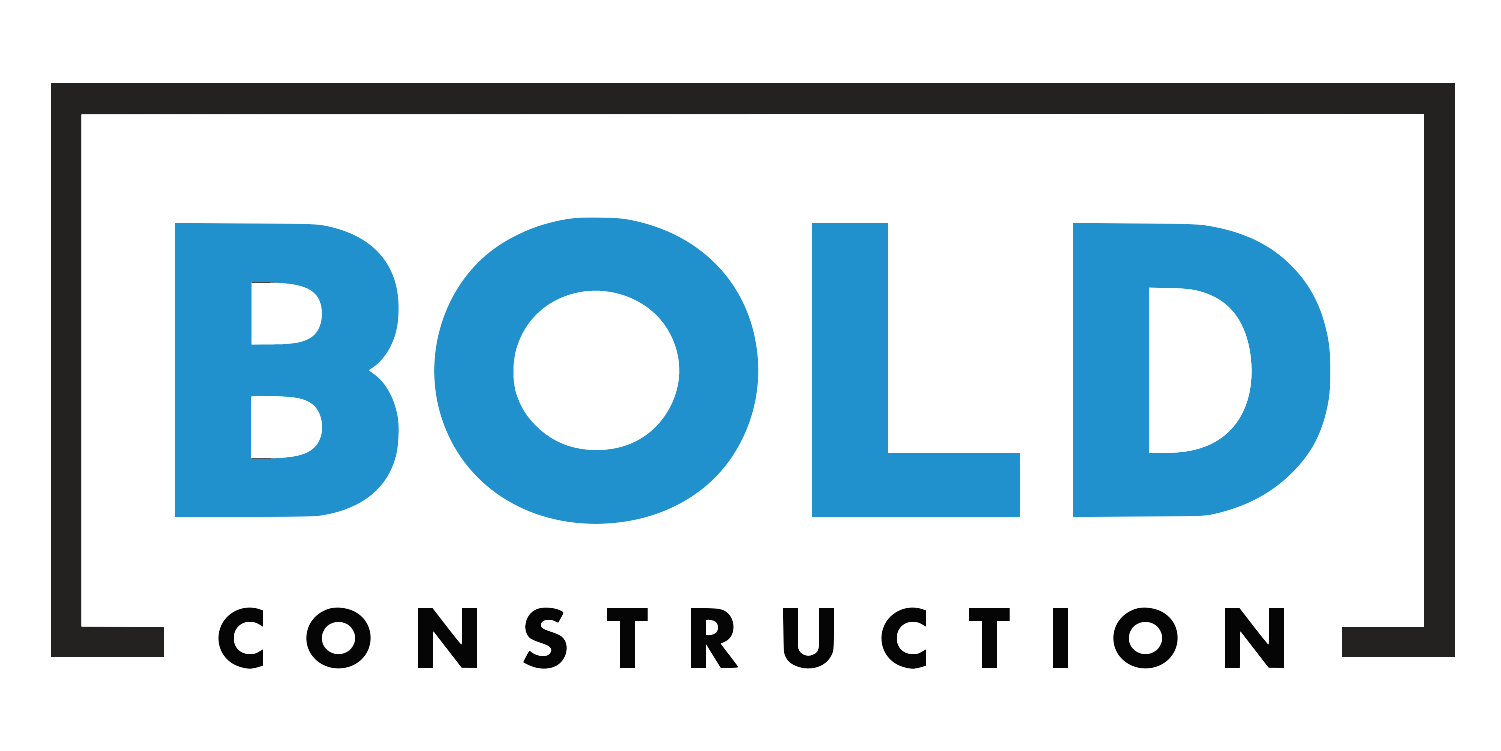Heating and cooling – HVAC (Heating, Ventilation and Air Conditioning) are arguably the most important systems in a home. They are what separate it from the elements, what define it as “shelter” rather than merely a building. As a homeowner, it’s important to know how these systems work! Understanding their principles can help you diagnose issues and better maintain your home. Let’s talk HVAC 101.
Core Infrastructure
Typically, HVAC systems share a thermostat and ductwork. The thermostat is wired to both, and shuts them on or off based on the detected temperature. For the sake of space, ductwork is usually shared between both systems, delivering air through vents in the home’s interior walls.
Most modern homes contain blowers that work for both systems. In older homes without AC, their heating systems take advantage of hot air’s natural tendency to rise.
Air Conditioning
The vast majority of air conditioning systems consist of two parts: the evaporator and the condenser.
The evaporator is inside your house, typically behind a very large vent. Warm air is sucked into this vent and runs across the evaporator. Its coils absorb the heat energy into refrigerant, which is pumped outside. This is why changing your filter is so important; it can literally block the flow of air!
Its destination is the condenser, that giant metal box in your backyard. Here, any remaining heat is dispersed into the atmosphere. The condenser then does the opposite: it absorbs air from outside, cools it down, and blows it back into your home. Humidity is also removed in this process.
Heating
The core of your heating system is the furnace. Whether it runs on electricity or gas, its function is the same: produce heat. If it uses gas, it also has a flue, which exhausts harmful fumes out of your house.
Some homes in moderate climates use a more unique method: the heat pump. Heat pumps essentially work like reverse AC, in that they absorb heat from outside and send it into your home. Heat pumps are very efficient and significantly cheaper to run. As a result, they are often integrated with a backup furnace to lower utility costs.
Are you interested in a custom home of your very own? Bold Construction builds sustainable, efficient custom homes in the Greater Triangle Area. Contact us today and let’s build something bold!
